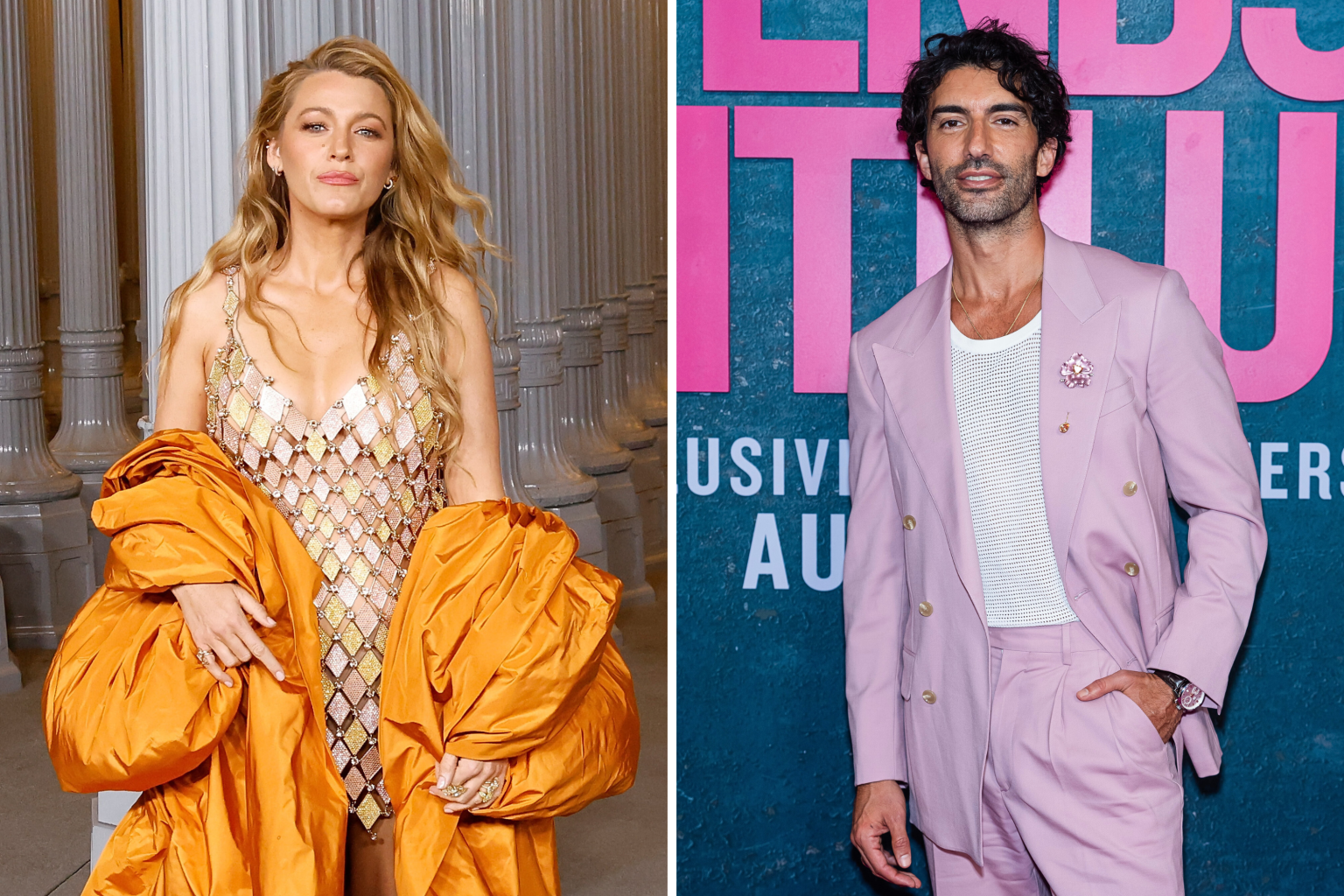The ongoing legal battle between Hollywood figures Justin Baldoni and Blake Lively, entangled with her husband Ryan Reynolds and publicist Leslie Sloane, has become a public spectacle, amplified by the ubiquitous nature of social media. Baldoni’s $400 million lawsuit against Lively, Reynolds, and Sloane, alleging civil extortion, defamation, and reputational sabotage, has ignited a firestorm of online discussion and speculation. The lawsuit stems from escalating tensions originating during the production of the film “It Ends With Us,” which Baldoni produced and co-starred in alongside Lively. What began as workplace friction quickly spiraled into a public relations war, capturing the attention of millions online and illustrating the power of strategic messaging in shaping public perception. Social media platforms have become virtual courtrooms where users dissect legal filings, scrutinize past interviews, and debate the credibility of both sides’ narratives.
The case has unfolded in stages, with Lively initially accusing Baldoni of sexual harassment and “social manipulation” in December. Baldoni vehemently denied these accusations, labeling them as false and defamatory, and subsequently launched his legal counteroffensive. This latest lawsuit against Lively follows a previous $250 million defamation suit against The New York Times, further adding to the complex narrative. Online commentators have seized upon various details from the legal documents, including text messages and accounts of Baldoni and Lively spending time together on set and in each other’s homes. These details have fueled speculation about the nature of their relationship and the potential role of Reynolds’ alleged jealousy in the escalating conflict.
Social media creators have played a significant role in disseminating information and shaping the online discourse surrounding the case. TikTok users with large followings, like @bee.better.company, have dedicated extensive time to analyzing the legal filings and sharing their interpretations with their audiences. These analyses often delve into the potential career ramifications for Lively and Reynolds if Baldoni’s allegations are proven true, reflecting a broader online debate about the credibility of claims from both sides. The public’s sentiment remains divided, with some expressing sympathy for Lively while others remain skeptical of her motives. The case also raises broader questions about the reliability of allegations in the post #MeToo era and the potential impact of false claims on the movement’s progress.
The release of behind-the-scenes footage from the film’s production has further complicated the narrative and fueled online debate. The footage, released by Baldoni’s team, appears to show Lively initiating intimacy with Baldoni, contradicting her claims of sexual harassment. TikTok creators, such as @getjodi and @notoriousraven, have analyzed this footage, highlighting the discrepancies between Lively’s allegations and her on-set behavior. This new evidence has amplified online discussions about the veracity of Lively’s claims and the potential motivations behind her accusations. The case underscores the complex power dynamics within Hollywood and the challenges of navigating public relations crises in the age of social media.
Public relations experts weigh in on the case, suggesting that both parties have mishandled the situation by allowing it to escalate into a public relations war. They emphasize the difficulty of controlling narratives once they gain momentum online, especially given the amplifying effect of platforms like TikTok and Instagram. The online dissection of celebrity court documents, past interviews, and competing narratives highlights the challenges of maintaining reputations in the face of intense public scrutiny. The case has sparked broader conversations about accountability, power dynamics, and the impact of social media on public perception within the entertainment industry.
The long-term consequences of this legal battle remain uncertain. Experts suggest that both Baldoni and Lively have potential paths to rehabilitate their reputations, depending on the outcome of the legal proceedings and their subsequent actions. Baldoni could potentially position himself as a victim of media bias, while Lively could choose to focus on future projects and allow the controversy to subside. However, the lasting impact on their careers and the broader conversation about power, privilege, and accountability in Hollywood remains to be seen. The online commentary, ranging from concerns about the end of Lively and Reynolds’ careers to discussions about the changing landscape of Hollywood, reflects the significant stakes involved in this highly publicized legal battle.

